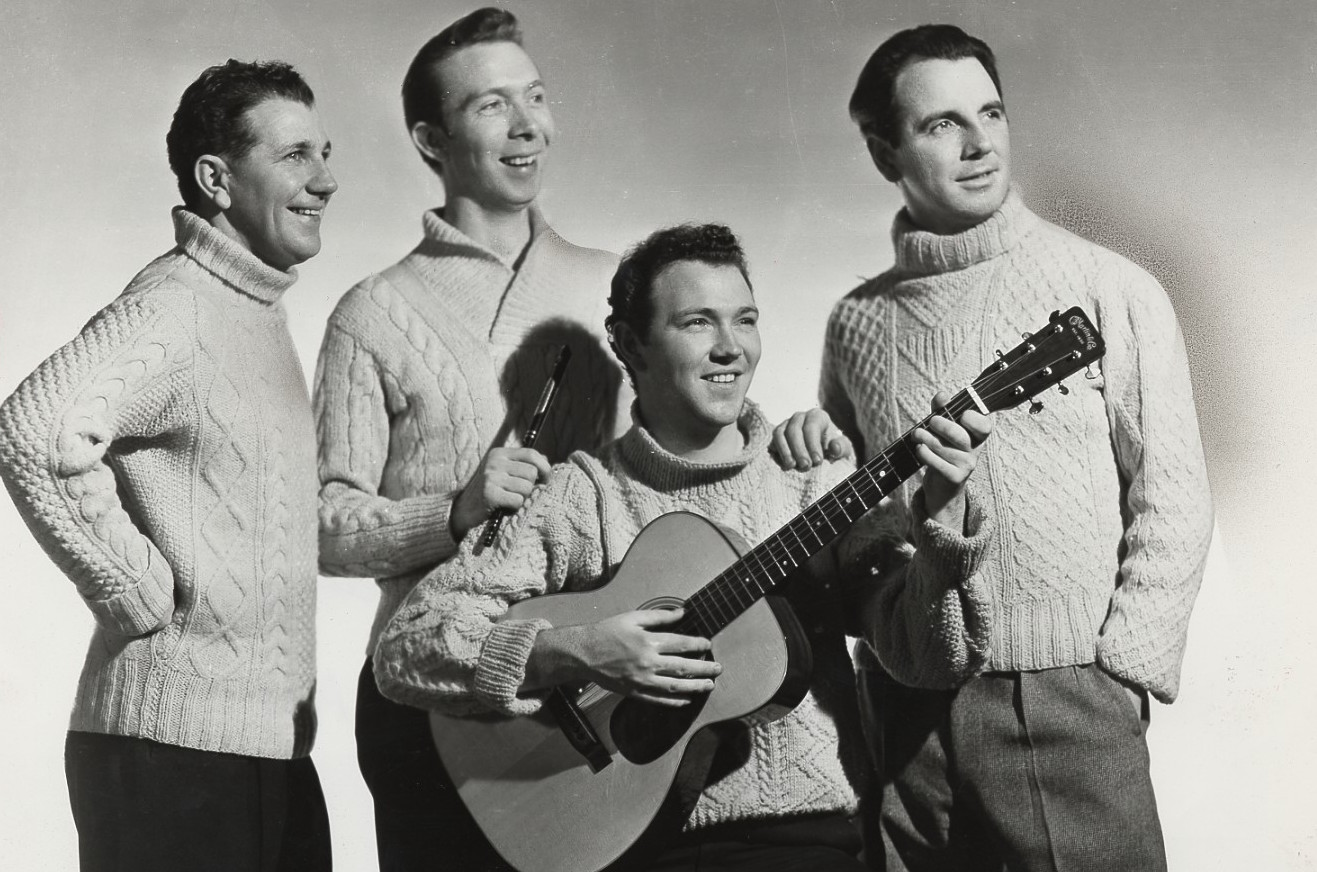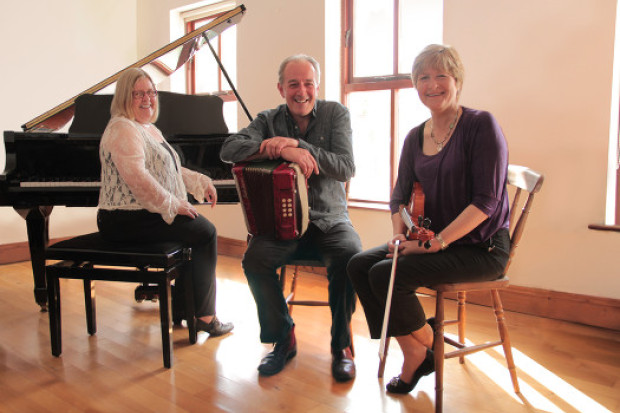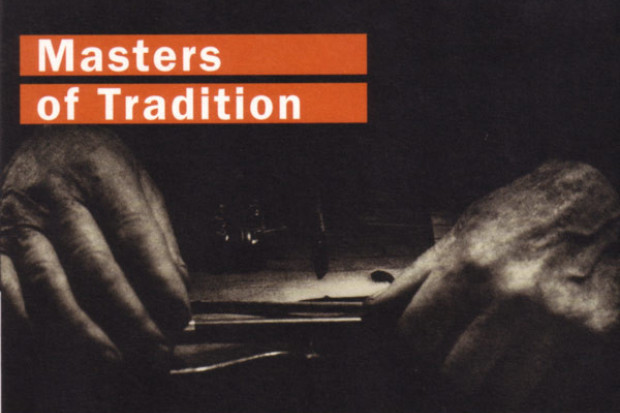
Purists All
I sensed it was coming and sure enough it came – that inevitable moment in The Return of the Dancehall Sweethearts, the recent DVD documentary on the 1970s group Horslips, when traditional music would receive its pummelling.
Citing the ‘… the vitriol hurled at the band by self-appointed guardians of the traditional flame’, the narrator explained that, ‘in their eyes, Horslips were the vandals at the gates of the city.’ George Byrne, a rock journalist, and one-time teenage fan of the Horslips, continued: ‘The purists of course were up in arms … it was the same when the Pogues first appeared on The Late Late Show. One of those beardy bastards was on going “This is a disgrace. This demeans Irish music as we know it.”’ Paul McGuinness, later manager of U2, recounted the disdain at Horslips’ use of traditional tunes as melodies and riffs in their songs: ‘Traditional musicians thought it piracy’.
The idea that there is opposition to trying different approaches within this music is an old one, but it is ever popular. In March, in a radio discussion of a new CD by the group Lúnasa, a reviewer is asked, ‘What do you think the traditional purists would make of it?’ In the Irish Times in March, a feature on the group offers the description that, ‘Lúnasa have never been apologists for trad’s purist lobby’, and in the same paper in February, it is cited as ‘a fact’ that ‘many purists hate to see anyone tampering with sean-nós songs’.
Little captures the imagination like the idea of the ‘traditional music purist’. Other forms of music have their bogeyman – the stuffy classical music follower who is turned off by anything contemporary, the jazz player who is indifferent to the avante-garde, and yet difference of opinion in traditional music appears to be designated a far more serious matter. Why?
I don’t doubt that Horslips received criticism for their music (what professional does not receive criticism?), or that there are fans of traditional music who happen not to listen to Lúnasa, or that, of the many different ways there are to perform sean-nós, it is unlikely someone would like them all – but why the insistence that the traditional music scene has a uniquely dark side?
The presence of an inner cabal in traditional music, eager to disparage the work of other musicians, is presented as incontrovertible fact. More than that, the impression is often given that this minority has somehow stood in the way of adventurous new ideas in traditional music, that only with the steely determination and revolutionary zeal of groups like Horslips was it overcome. But if there really had been serious opposition to experimentation with traditional music over the years, it hardly needs to be pointed out that it has been an abject failure! Traditional musicians have reinvented, reimagined and recast this music in so many different ways over the last few decades that to suggest that there was something in their way is almost laughable.
Even if we were to explore, for argument’s sake, the idea that there are ‘purists’, Comhaltas Ceoltóirí Éireann would typically (and predictably) be mentioned. But when one looks at the detail, it only goes to prove that the accusation is rife with inconsistencies and contradictions. Consider what Breandán Breathnach – by all accounts not only a radical but an intellectual powerhouse who would nevertheless fit all the ridiculous ideas of ‘purist’ – wrote in 1971 in his book Folk Music and Dances of Ireland, a year before Horslips’ first album: ‘Comhaltas Ceoltóirí Éireann has for its aims the promotion of the traditional music in all its forms… A lack of discernment in distinguishing the genuine from the spurious is evident in the activities directed towards the public; the running of competitions for harp, piano or saxophone, for instance, can hardly be squared with its professed aims of promoting traditional music.’ CCÉ clearly had their own ideas on music, quite different to Breathnach in this context. So how can traditional music be laden down with a central fixed opinion when there is no consensus even among those who, we are to assume, are all in the same boat? Given the strength of harp and piano playing today in traditional music, in the 1970s CCÉ was positively avante-garde!
If a hard core has genuinely existed in traditional music over the years, then surely with time its intensity would have lessened, but if one is to judge by regularity of usage, the impression given is that the opposite has happened and that the phenomenon is even more entrenched. Why so? For reasons, one suspects, that have little to do with music.
The story of traditional music over the past few decades has been all but index-linked to a particular narrative, one which by no small coincidence suits the current political and economic ideology. It is a tale of Ireland over the last three or four decades, in which alleged cultural and economic inwardness and backwardness have been overcome to arrive triumphantly in the twenty-first century exuding openness and enlightenment. Traditional music, among other things, has been conscripted into this story. Its commercial success provides the perfect cultural accoutrement, an illustration of how modern Ireland has managed the balance between past, present and future. The idea of some last remaining vestiges of narrow-mindedness at the heart of this music suits this particular narrative perfectly. As long as it exists, we as a society and as a music are compelled to keep the foot on the accelerator, maintaining forward momentum at all costs – lest we slip back to our old ways.
For decades now, traditional music has been held over this particular barrel, the art form imagined as an ongoing contest between obstinacy and enlightenment. It is a fallacy. Forget about ‘beardy bastards’. If anything has inhibited free expression in traditional music it is the enforced narrative that traditional music is somehow forever emerging from dysfunctionality.
Purists all
‘Purism’, if it is to mean anything, suggests a commitment to the performance of traditional music in its minimalist form, that is, playing entirely solo. What is regularly overlooked is that – far from it being the supposed characteristic of a minority – all traditional musicians would in fact have this commitment. All traditional musicians are ‘purists’! If we really wanted to know what ‘the traditional purists’ would make of Lúnasa’s new album, we need only ask the band members themselves.
The traditional musician’s very first relationship with this music is with the solo rendering of a tune – tackling that sixteen bars of pure melody. Injecting that sixteen bars with every ounce of everything they’ve got is what consumes them from their earliest experience of this music. It is their very first challenge, like a baby’s first breath, and they dwell on it throughout their playing lives, all the time trying to perfect it, always reflecting on how wider musical experiences have enhanced or affected their ability to take on that challenge. Everything along the way, whether it be playing with an adventurous traditional music collective, a string quartet or a jazz ensemble, is part and parcel of preparing for the supreme challenge: making that sixteen bars sing.
Trying out different approaches and new ideas in traditional music, therefore, is not something separate from the decision to play entirely solo. Rather it is part of a circular creative process, each performance feeding into another. To brood over the art of solo performance, to move back and forward between different approaches in an array of forms and the private domain of the individual, to try and draw all their musical experiences into their understanding of their art as a soloist, is what traditional musicians do. That is traditional music. This is the real ‘purism/pluralism’ that exists, but rather than holding it up as a natural and inclusive quality of this art form, traditional musicians have been browbeaten by the ‘purist’ idea into treating one half of their aesthetics as an instinct to be restrained.
The stream of ideas
There are practical implications: popular misconceptions about traditional music limit opportunity, scope and breathing room for musicians. The impression that there are elements of traditional music that are inflexible can do several things: endeavouring to avoid stereotypes and misinterpretation, it reduces the number of directions that traditional musicians might ordinarily take with their music; or it deters the input of creative engagement from outside; or it ensures the music attracts such a degree of reverence that creativity is frustrated. Traditional musicians have a particular aesthetic, but it in no way need limit the creative process.
At the moment, there is a sense in traditional music that many leading groups and artists are repeating themselves. In recent years, decades even, there seemed to be an endless stream of new ideas coming in and out of traditional music, but it has slowed down, and one wonders what the impact of this tedious image that it has been lumbered with has been. As traditional music’s profile grew greatly over the last few decades, the whole destructive idea of traditional music as battleground between progressive and purist has become ingrained. Political, media and economic requirements have seen to that. Inevitably, it is down to traditional musicians to continue contesting that idea, which of course they do on a daily basis in their musical lives, in recordings, on radio and television, and at a pub, festival and concert near you. What more proof do we possibly need?
Published on 1 May 2006
Toner Quinn is Editor of the Journal of Music. His new book, What Ireland Can Teach the World About Music, is available here. Toner will be giving a lecture exploring some of the ideas in the book on Saturday 11 May 2024 at 3pm at Farmleigh House in Dublin. For booking, visit https://bit.ly/3x2yCL8.












